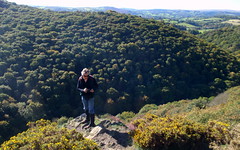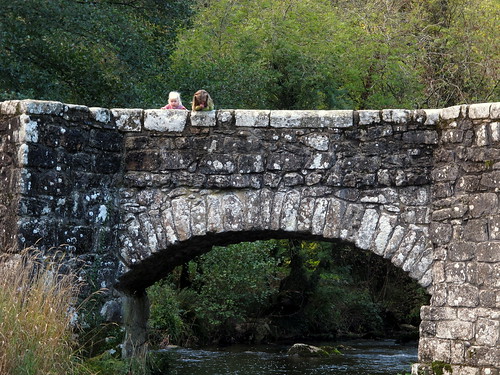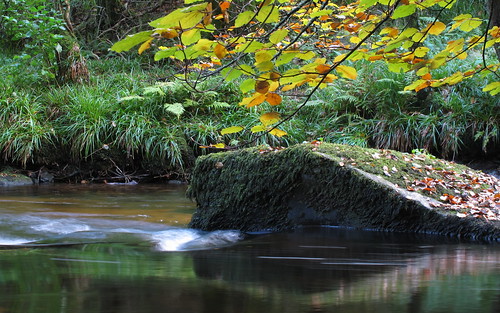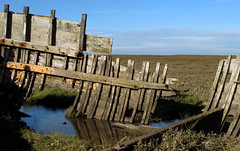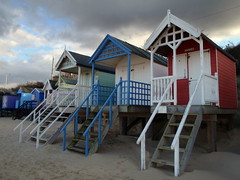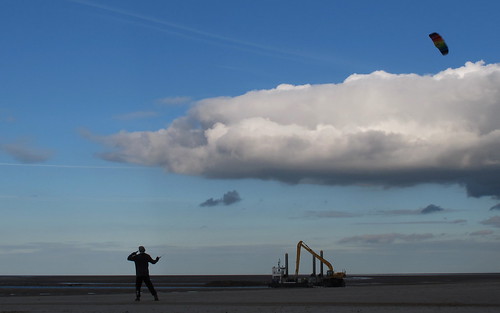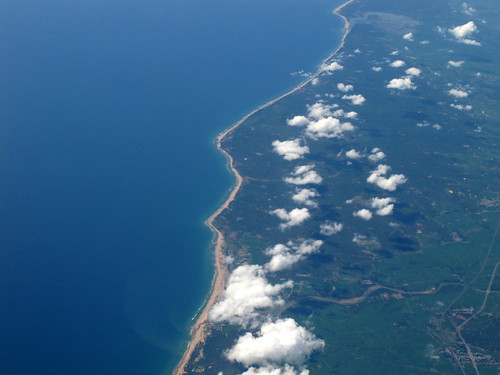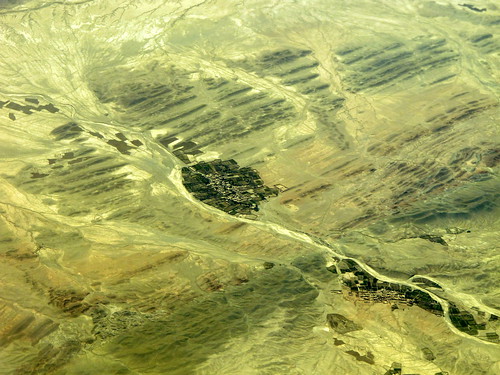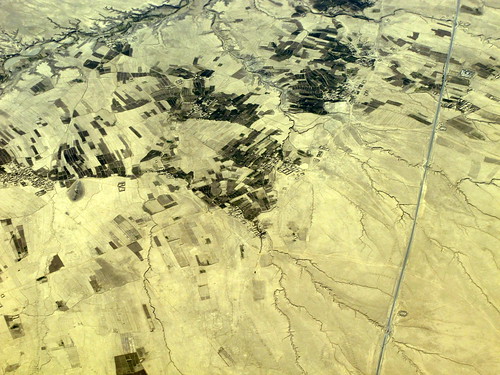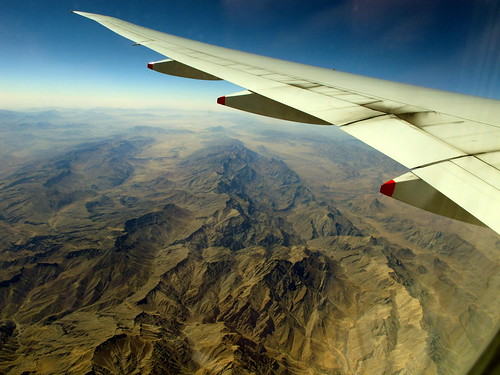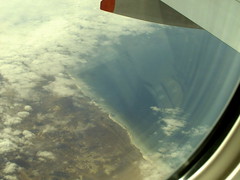In my mind, the Scottish “highlands” have always conjured up visions of misty crags covered with heather and bracken. We have visited Scotland several times, and have always managed to include some hiking in the hills.
But our stay at a
comfortable remote chalet on the NW coast in October was a real eye-opener to the nature of the highlands. The cottage is on the sea, yet within 3 minutes we could be climbing amidst the heather; within 10 minutes we could be out of view of any buildings and roads.
 |
| Stac Pollaigh. We climbed this in 1981, but although the weather at the time we passed looked clear, it was only a brief spell of late afternoon sunshine. |
In this part of Scotland, trees only grow in sheltered areas, so the treeless “highlands” start just a few metres above the sea level. The hills are not particularly high either: there are only 283 peaks over 914m (a “munro” is a peak of >3,000 feet) within Scotland, and although nearby Stac Pollaidh is an impressive-looking peak, it is “only” 612m high.
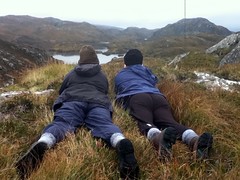 |
| Peering over the ridge to avoid startling stags. |
October is rutting season for deer, and the bellows of stags echoed in the hills the night we arrived. We were with my cousin and her husband, and Wayne was keen to take us up into the hills to stalk stags. Just as well he was guiding us: it was clear that “stalking” was necessary, as these animals are very attentive and were easily spooked.
After a couple of hours happily wandering over the hills, we had seen several stags at a distance —young males or ones that were unable to attract a harem of hinds. But then Wayne peered over a ridge and held up his hand to caution us to stop. “Shh... here’s the main herd!”
We got down on our tummies and lifted our heads to look over the rocky ridge. A large stag was looking at us from the opposite ridge—as more than 20 of his hinds were nervously moving further up the hill.
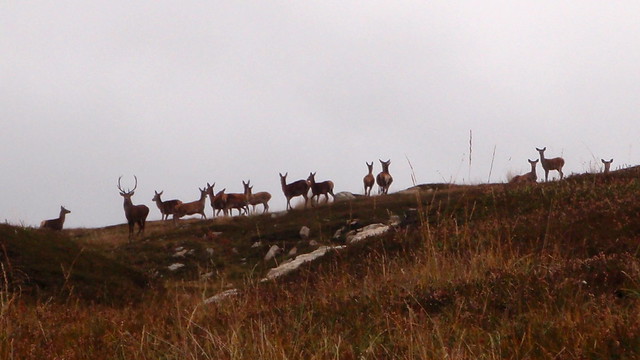 |
| A stag and his hinds. |
The life of a stag is not easy. There is only room for one top animal, and there are always contenders for the position lurking around the edges trying to lure hinds away. Eventually, the dominant stag is defeated—or shot. We felt privileged to have the opportunity to see these animals in their environment.
